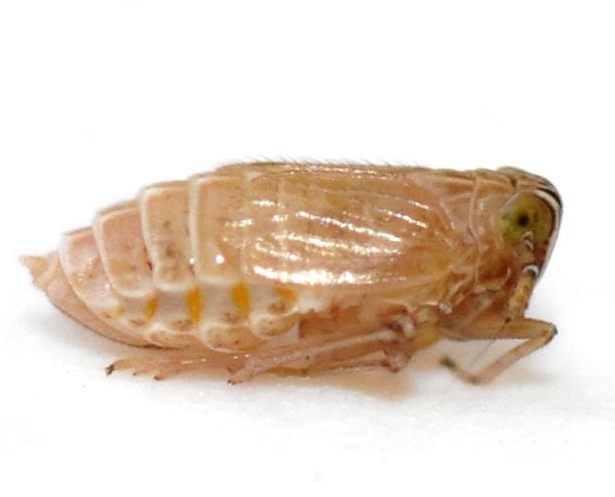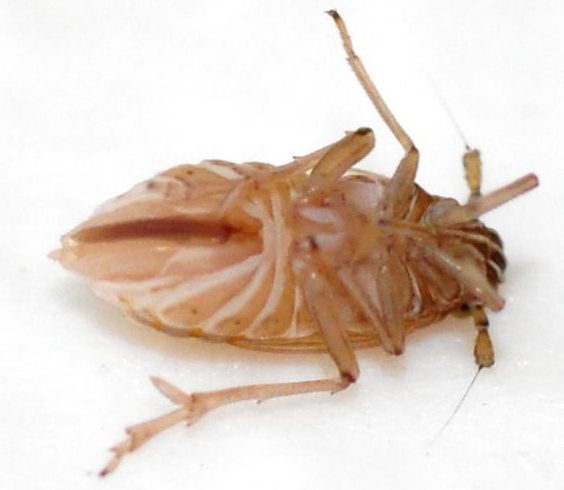|
|
|
|
Species Photo Gallery for Toya idonea No Common Name 8 |
 | Photo by: Rob Van Epps
Mecklenburg Co.
Comment: Caught sweeping in overgrown field. | 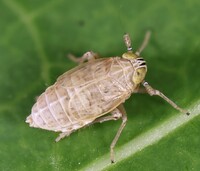 | Photo by: Rob Van Epps
Mecklenburg Co.
Comment: Caught sweeping in overgrown field. |
 | Photo by: Paul Scharf
Warren Co.
Comment: Caught Sweeping | 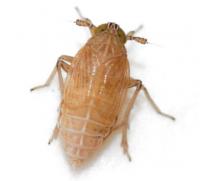 | Photo by: Kyle Kittelberger, Brian Bockhahn
Vance Co.
Comment: mixed hardwood forest, open forest, grassy patches |
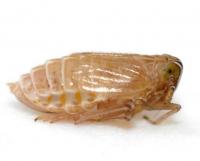 | Photo by: Kyle Kittelberger, Brian Bockhahn
Vance Co.
Comment: mixed hardwood forest, open forest, grassy patches | 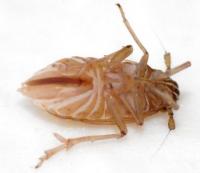 | Photo by: Kyle Kittelberger, Brian Bockhahn
Vance Co.
Comment: mixed hardwood forest, open forest, grassy patches |
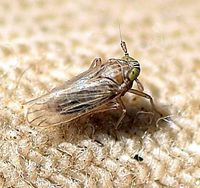 | Photo by: Paul Scharf
Warren Co.
Comment: Caught Sweeping | 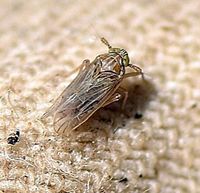 | Photo by: Paul Scharf
Warren Co.
Comment: Caught Sweeping |
|

 »
»
